Fairy Ring Champignons
A great tasting gourmet mushroom and although small can usually be found in large numbers.
| Mushroom Type | |
| Common Names | Fairy Ring Champignons (EN), Fairy Ring Mushrooms, Elf Rings, Scotch Bonnets, Madarch Cylch (CY), Twardzioszek Przydrożny (PL), Mezei Szegfűgomba (HU) |
| Scientific Name | Marasmius oreades |
| Season Start | Apr |
| Season End | Nov |
| Average Mushroom height (CM) | 8 |
| Average Cap width (CM) | 5 |
Cap
Convex/conical opening flat with a wide umbo. Pale tan coloured usually with a slightly darker umbo.
Gills
Gills white turning pale tan/cream. Not crowded. The gills are free of the stem, this is an important identification feature.
Habitat
Usually in rings or semi rings of varying diametres, depending on the age of the parent fungi under ground. Found in short grass on lawns, roadside verges, parks and pasture.
Possible Confusion
Clitocybe rivulosa/dealbata which grows in similar habitats and in similar rings towards the middle and end of the Fairy Ring season. The main difference between the two is that the gills of C. rivulosa run down the stem (decurrent) and those of the Fairy Ring are not attached to the stem. Also the edge of the cap of C. rivulosa mainly stays in-turned even when the mushroom has opened out. The colours are different with the C. rivulosa being lighter to white with concentric rings sometimes visable on the cap while the Fairy Ring is more light tan often with a slightly darker, wide umbo in the centre of the cap. Care should be taken when identifying this mushroom.
Spore Print
White. Ellipsoid.
Taste / Smell
Excellent, mushroomy.
Frequency
Common.
Other Facts
Very common in late spring early summer but towards the end of the season they generally become too infested with maggots.
Easy to spot as the grass grows taller and greener in the ring. The ring is produced because the mycelium feed the grass with water and nutrients and get sugars back in return.
The best mushroom to dry, they will dry without slicing just left on some paper for a few days. When rehydrated they change back to when the mushroom was fresh.



 (48 votes, average: 3.65 out of 5)
(48 votes, average: 3.65 out of 5)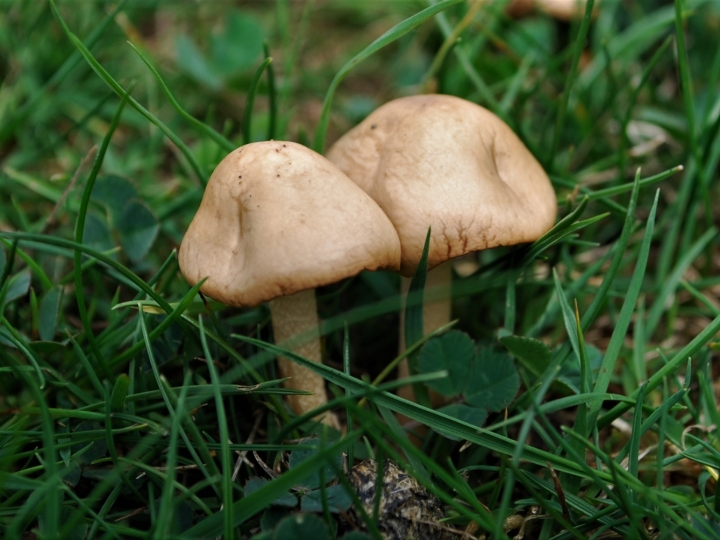















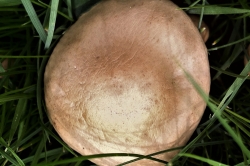
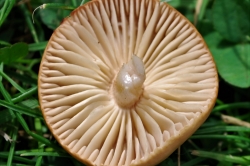
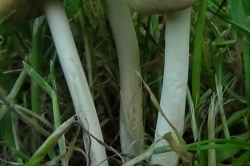
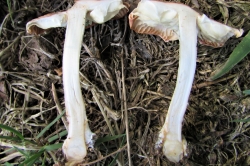
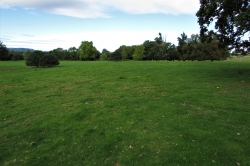
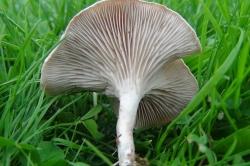


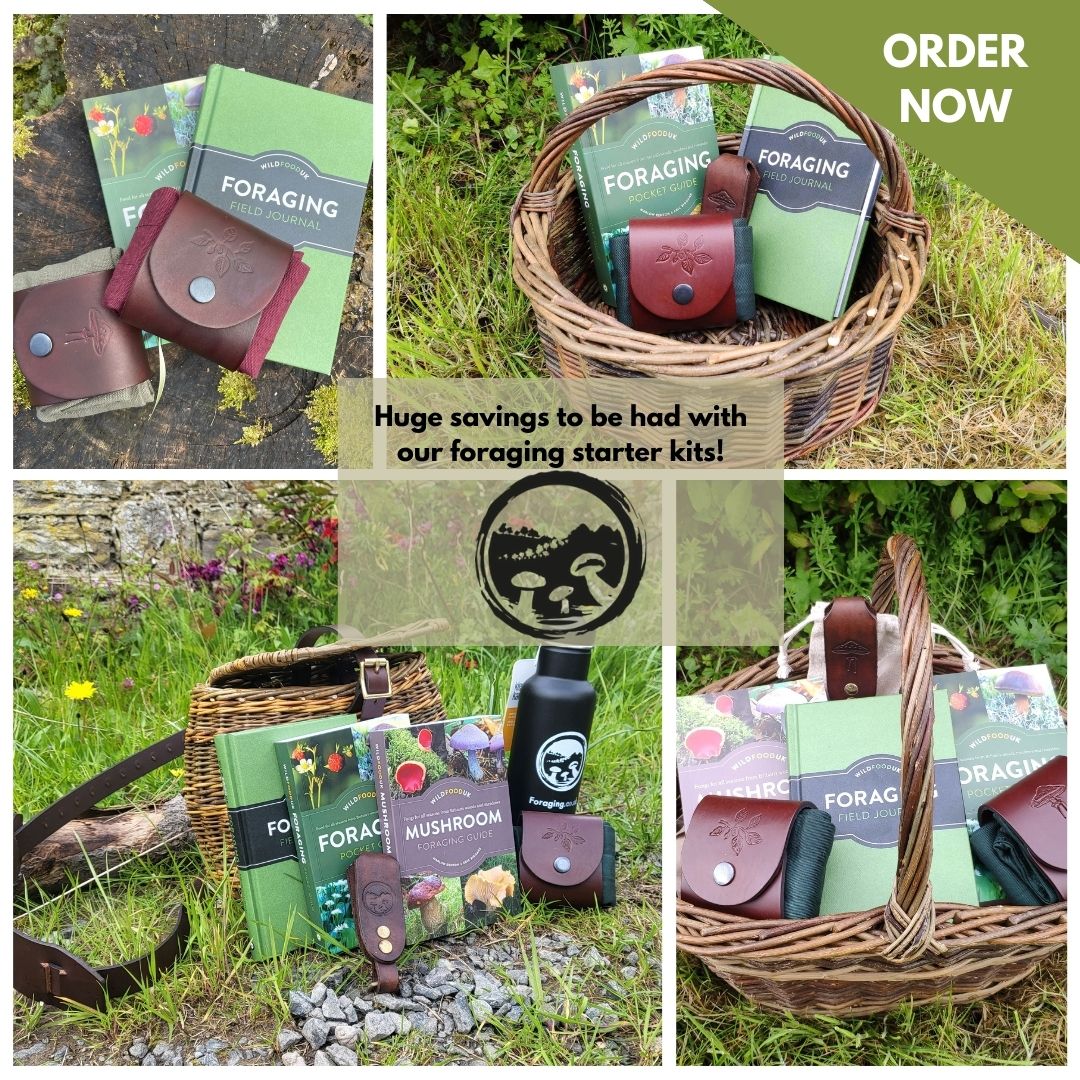



25 comments for Fairy Ring Champignons
Hi I believe I have found some. Can I send a pic?
Hi James, you can send us some pictures using our contact form on the contact us page or you can email them to [email protected]
This was a very helpful photo compilation. I believe I’ve got a large growth of them. I’m hoping this is what they are. I’ll email photos.
I’ve found what looks like Fairy Ring Champignons in my garden. Loads of them have sprung up. My only concern on identification is that in every respect they look like the ones you have illustrated and discussed in your video, except that the gills are similar but thinner and more densely packed. And the flesh of the stems is not white but pretty much the same tan colour as the gills and outer edge of the cap.
Does this sound like a different muchroom to you. Won’t try eating any until I’m certain they are edible.
Thanks
Hi Lee, I can’t make IDs from descriptions but if you can send in some clear photos of the cap, stem and gills I’ll do my best.
Hi I believe I found one as well. Can I post a photo?
Hi Tyler, you can send photos to [email protected]. They must be clear photos of the stem, cap and gills.
Found some possible fairy ring champignons in the garden they grow every year could you identify them if I send you some pictures?
I should be able to ID them if you can send clear, fairly close up photos of the caps, stem, gills and more importantly for Fairy Ring Champignons where the stem joins the gills. Send them to [email protected]
Do you get these mushrooms in scotland?
You should be able to find these mushrooms throughout the UK but they want wet weather and to be growing in short grass for you to see them.
yes, and often in woodland too.
You need to be careful with Fairy Ring Champignon growing in woodland as there are a few little brown mushrooms that can look similar.
Hi, I think these may be what is growing in my lawn in North Wales . Can I send you a picture? I’ve been afraid to let the dogs out in case they were something poisonous.
Please send in pictures of the cap, gills and most importantly with these mushrooms, where the gills meet the stem.
Made a delicious risotto using these mushrooms. Your identification guide and videos have been fantastic, thank you for your hard work on this site.
Hi,
Should I be careful of eating these if picked from a place where fertiliser or 3-4 in one weed/feed has been applied?
Thanks
I would be worried if it was sprayed with weed killer but fertiliser is fine.
hi I think I have found some of these.
is it ok to send you some photos for confirming identification please.🙏
martin
You can send photos to [email protected] Please include photos of the cap, gills, stem and importantly for Fairy Ring Champignon, where the gills join the stem.
Hiya James,i picked hundreds of these on the school field where im a caretaker last week and dried them out,amazed to see how they go back to original condition after adding water! Going to do a mushroom snd Madiera Risotto later
Hi hi,
Wondered if I could ask a bit of advice please…
I made a stock collection of fairy rings this year, tasted a couple freshly fried which were delicious and dried a Kilner jar’s worth using the string method mainly. I’ve had them about a month and rehydrated some today for 15 minutes to use in mushrooms on toast (mixed with some assorted shop bought), and found both the smell and flavour so strong compared to previously, to the point I couldn’t finish the meal. Is there something o May have done wrong? Rehydrated them for too long or not enough time (I did 15 mins with room temp water)?
Would appreciate some advice on whether it’s normal for them to have such a strong flavour and to maybe use less next time.
Thanks in advance
Mushrooms develop more glutamates when drying which intensifies the flavour. I’ve never found the flavour too strong but I love strong tasting mushrooms. Maybe use less next time, I don’t think you did anything wrong.
Hi, update, went on a foraging course and was told they weren’t dry enough which is why they didn’t smell good, thought you might find it helpful.
Also, have gone and picked some more today to re-stock but on checking some of them there were lots of maggots inside them…is this normal and can they be eaten (not that I want to eat maggots just curious!) ?
They are perfectly safe to eat when full of maggots, just not very appetizing. If you dry the mushrooms in a dehydrator, the maggots crawl out and dry at the bottom of the machine, leaving the dried mushrooms maggot free.